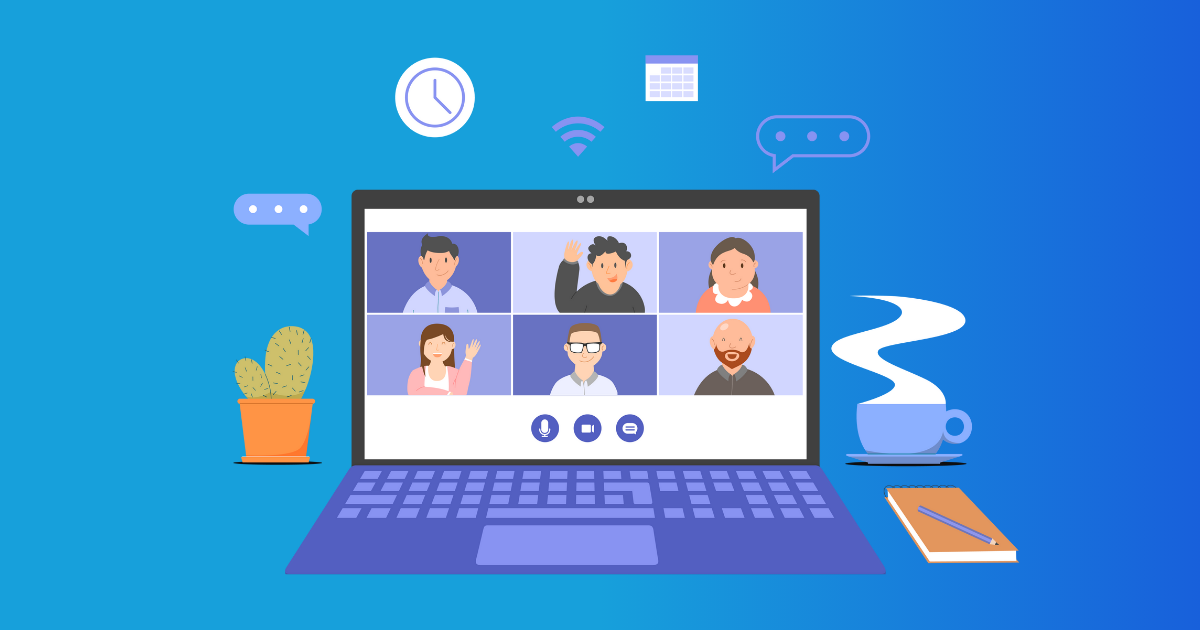Table of Contents
- Optimizing Video and Audio Performance
- Resolution and Bitrate Management
- Adaptive Video Quality
- Audio Processing Techniques
- Managing State and UI Responsiveness
- State Management
- Async Operations
- Responsive Design
- Error Handling and Debugging
- Logging
- User Feedback
- Test for Edge Cases
- Secure Integration Tips
- Use HTTPS
- Token Validation
- Access Management
- Deploying to App Stores
- App Store Guidelines
- Beta Testing
- Optimize for App Store Search
- Conclusion
Jitsi is a great choice for video conferencing, and bringing it into your Flutter app can really boost user engagement. When you get the hang of these jitsi flutter best practices, your app stands out with top-notch audio and video quality, a snappy interface, and solid security. Here’s a run-through of how to make Jitsi work smoothly.
Optimizing Video and Audio Performance
Nail down the essentials to keep your Jitsi app’s video and audio flowing seamlessly:
Resolution and Bitrate Management
Kick things off by tweaking the resolution and bitrate according to what users’ connections can handle. So, if bandwidth is tight, dialing back the resolution might be your friend. Per Jitsi’s documentation, resolutions around 360p or 480p perform wonders on sketchy connections.
Adaptive Video Quality
Think about adding adaptive video quality. It helps adjust the video settings automatically to fit the network conditions, leading to fewer annoying pauses and a smoother ride for users.
Audio Processing Techniques
Getting audio right is as simple as using echo cancellation and noise reduction. It goes a long way in making sure you sound clear as a bell, even in a busy coffee shop. Jitsi has some handy tools for this, so you’re not left in the lurch.
Managing State and UI Responsiveness
Keeping the user interface quick and responsive is key, particularly in a video chat app where every interaction counts.
State Management
Here’s where state management tools like Provider or BLoC come to the rescue in Flutter. They help manage the app’s various parts so that everything runs smoothly without bogging down the interface.
Async Operations
Don’t let network requests slow you down. Use async programming—try FutureBuilder or StreamBuilder—this way, you keep things fluid and responsive.
Responsive Design
Pay attention to making the UI flexible and adaptable to different screen sizes. This ensures your app looks great on all devices.
Error Handling and Debugging
Spot-on error handling keeps users happy and your app humming along.
Logging
Set up some solid logging. Tools like logger or sentry are your friends for spotting errors quickly. They help you see what’s going wrong and fix issues faster.
User Feedback
Let your users know what’s up when something goes wonky. If the connection drops, send them a clear message so they’re in the loop.
Test for Edge Cases
Push your app to its limits with tests covering flaky network situations and high-pressure scenarios. It prepares you for almost anything users might throw at your app.
Secure Integration Tips
Locking down your video app’s security is non-negotiable.
Use HTTPS
Always, always use HTTPS. It keeps data secure, plain and simple.
Token Validation
Check tokens to confirm who’s who before letting users into the service. Using JWT Tokens helps keep the data exchanges secure.
Access Management
Limit who can enter conference rooms to avoid uninvited guests. Consider a virtual waiting room feature for hosts to manage who joins.
Deploying to App Stores
Once you’ve got Jitsi running smoothly, here’s how to handle app store deployment.
App Store Guidelines
Get cozy with the app store rules so you’re not caught off guard. Each platform has its own set of do’s and don’ts concerning permissions and privacy policies.
Beta Testing
Try a beta launch with a small crowd. Their feedback helps polish the user interface and performance, ensuring you’re all set before going live.
Optimize for App Store Search
Use words in your app’s title, description, and keywords that help users find it. Phrases like jitsi flutter best practices can improve how your app appears in search results.
Conclusion
Following these jitsi flutter best practices ensures your app runs smoothly, securely, and delivers an awesome user experience. By honing in on these strategies, you’ll have a video conferencing app that can hold its own in a crowded market.
Ready to amp up your app? Start using these tips today and don’t hesitate to reach out for more advice or explore resources for further knowledge.
FAQ
Jitsi Flutter best practices are strategies to enhance video and audio performance while ensuring a smooth user experience.
You can optimize video performance in Flutter by adjusting resolution settings and tuning bitrate to fit user bandwidth.
Common challenges include managing low bandwidth, ensuring security, and maintaining UI responsiveness.
Use logging tools and monitor connection logs to identify issues. Flutter DevTools can also be helpful.
Use HTTPS, validate user tokens, and employ proper access management to secure your Jitsi integration.


